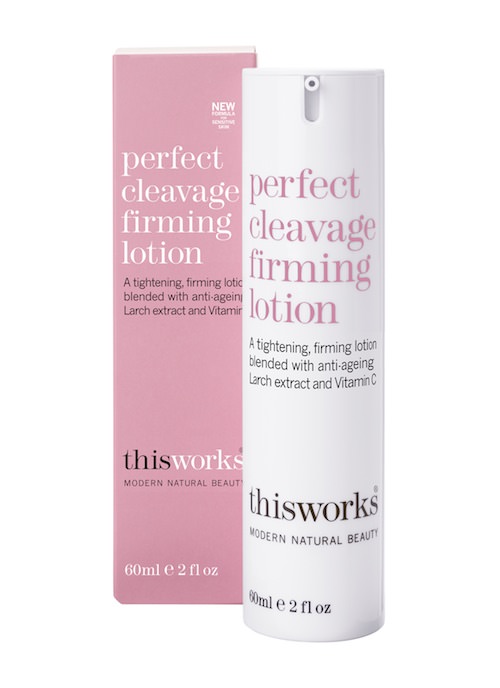What’s in breast milk?
Not only is human breast milk free of charge and available on tap, but it’s also amazing because it contains exactly what your baby needs nutritionally, and adapts to his exact stage of development.
Whether you’re nursing a premature infant, or weaning a healthy one-year-old, you can rest assured that your body is producing exactly the right balance of nutrients to meet his ever-changing needs.
Stages of breast milk
There are three recognised stages of breast milk: colostrum, transitional milk, and mature milk.
Colostrum
This is the very first milk your breasts will produce after giving birth, and is also responsible for any leakage you may have noticed during your final weeks of pregnancy. It’s a creamy yellow in colour and is packed full of immunoglobulins (antibodies to combat all the germs your newborn will be encountering for the first time). You might not feel like you’re producing much colostrum in comparison to the amount of milk that will come in later, but it’s slightly thicker in texture and extremely high in protein, vitamins, minerals and white blood cells.
Interestingly, colostrum has been shown to have a mildly laxative effect on your baby, helping him to ‘clear his system’ of meconium (waste faecal matter left over from pregnancy) and reducing the risk of jaundice. Your colostrum will only last for two to four days after giving birth, which is when transitional milk comes in.
Transitional milk
Immediately following colostrum, your breasts will produce what’s known as ‘transitional milk’ – a high calorie blend of fat, lactose and water-soluble vitamins. Some experts suggest this lasts a few days, some as much as a fortnight.
Mature milk
When your baby is around a week old, your mature milk supply will come in. You’ll be well aware of this, as suddenly your already fuller breasts will ‘balloon’ into a much bigger shape than ever before. Mature milk initially arrives in far greater quantities than the milk you’ve produced thus far, although your body soon adjusts the production amounts to meet the exact needs of your baby. A feed can be broken down into two distinct stages:
i) Foremilk – the first milk to come from your nipple contains water, vitamins and protein.
ii) Hind milk – after the foremilk supply is exhausted, the hind milk will be released. This contains considerably higher levels of fat, which is necessary for the rapid weight gain of your baby.
The composition
Around 90% of mature milk is water, which is necessary to hydrate your child, while the other 10% is composed of fats, carbohydrates and protein, all of which are necessary for energy and development. Breast milk contains more than 200 beneficial elements, including vitamins, minerals, amino acids, enzymes, hormones and white cells (although after the first month the number of white cells will diminish, replaced by the antibacterial enzyme, lysozyme).
Proteins
Approximately 60% of the protein types found in breast milk are whey, while the other 40% is casein. This balance assists baby’s rapid absorption of the food. Other specific proteins include:
- Lactoferrin – impedes the growth of bacteria in the gastrointestinal tract
- Secretory IgA – protects against viruses, bacteria, E. Coli and allergies
- Lysozyme – an enzyme that protects against E. Coli and Salmonella
- Bifidus factor – encourages the growth of beneficial bacteria
Fats
Fats are essential for your baby’s healthy brain development, absorption of vitamins, and for gaining weight.
Carbohydrates
Breast milk contains the primary carbohydrate, lactose, which provides calories for growth and energy, as well as helping to decrease the amount of unhealthy bacteria in the stomach and assisting in fighting disease.
Vitamins
The vitamins present in your breast milk will be directly affected by your own diet while nursing, so it’s important to consume a nutritious range of foods. Your baby needs to take in fat-soluble vitamins, such as vitamins A, D, E, and K. The water-soluble vitamins such as vitamin C, riboflavin, niacin, and pantothenic acid are also essential for your baby’s health. If you’re concerned your regular diet doesn’t amply cover all the above, it may be wise to take prenatal vitamins for the duration of breastfeeding – your GP will be able to advise you further.
Latest Cream Review
Browse Categories
Most popular
Dr. Organic Moroccan Argan Oil Breast Firming Cream Review
Dr. Ceuticals Bust Boost Review
UK beaches uncovered: The topless top five
Palmer’s Cocoa Butter Bust Cream Review
The politics of breasts: Know your rights
Strapless, backless or plunging – bra solutions for every dress dilemma
Nutrition and lifestyle for breast cancer prevention


